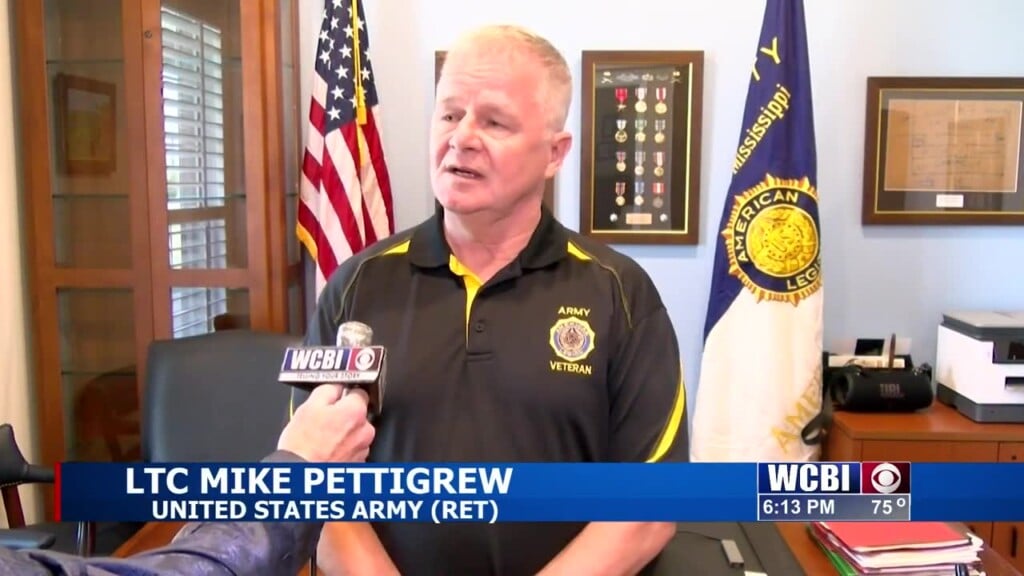Video: Locals ‘Reflect’ On Impact Of Integration In 1970s
TUPELO, MISS. (WCBI) – Public schools throughout the nation and the area are often a good snapshot of their communities.
But that wasn’t always the case. In part two of “Reflections in Black and White” Northeast Mississippi residents who were instrumental in helping local schools break the color barrier speak out.
It had been more then ten years since the Supreme Court ruled against segregated schools in the landmark case Brown verses the Board of education, but in Northeast Mississippi public schools, blacks and whites were still separate, and conditions were anything but equal.
“All black kids, all black teachers, we used books that were handed down to us, education not very good, teachers did their best, lots were not qualified to teach at level they were teaching,” Allene Jackson recalled.
But many knew that change was inevitable. In 1963 Jack Reed Sr., addressed the Mississippi Economic Council, and made the case for desegregation in public schools.
Not everyone agreed with Reed, who was chairman of the MEC.
“I remember distinctly, the Mississippi legislature voted, said, would you vote to close the schools in Mississippi if they integrated or not? Vast majority said they would close them, I thought that was unconscionable. It would have wrecked our economy, all I said, tried to put as acceptable as possible, said it would be disastrous if we closed any public schools and it would be the end of economic development in Mississippi,” Reed said.
Public schools didn’t shut their doors, and by 1967 Belden schools integrated. James Beene was one of the first African Americans to attend school with whites there. He recalls how uneasy everyone was, at first.
” Some things were comical, we would go to one side at recess, whites on another side, after a period of time, got more acquainted, everybody started mixing and mingling,” Beene said.
Beene says integration allowed him to take a field trip that would have been unheard of in the days of segregation.
“My juior year in high school we got to go to six flags on our senior trip, was very exciting to me,” he said.
Tupelo Public Schools also integrated, and while there was tension, an African American student helped bridge the cultural gap, because of his talent on the gridiron.
“First two kids that transferred to our high school, one was a fellow named Frank Dowsing, who was a magnificent athlete, a straight a student, you would be surprised, maybe you wouldn’t you know how people love athletics, people would be so happy to have Frank on our side, that was a real break for us when Frank Dowsing was one of the first to integrate Tupelo public schools,” Reed recalled.
Jane Riley was a counselor at Milam Junior High when the first African American students were admitted in 1970. She recalls a strong police presence that first year.
“Police came before school, till school started, they ate lunch in cafeteria, then came before three in the afternoon, they were there until everyone got out,” Riley said.
Overall, desegregation went smoothly in Northeast Mississippi, because of strong support by prominent civic and business leaders, such as Jack Reed Sr., and newspaper publisher George McLean. But in 1976, an incident involving the Tupelo Police Department and an African American brought the city to the brink of bloodshed and threatened to reverse years of progress in the area of race relations.





Leave a Reply